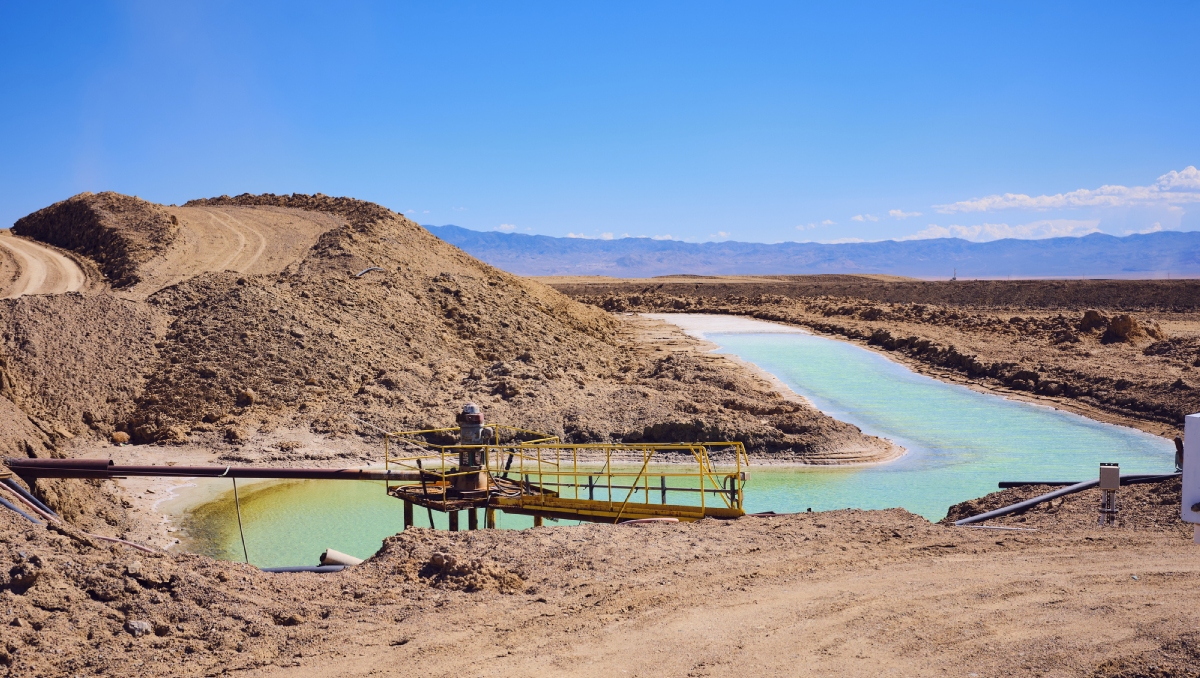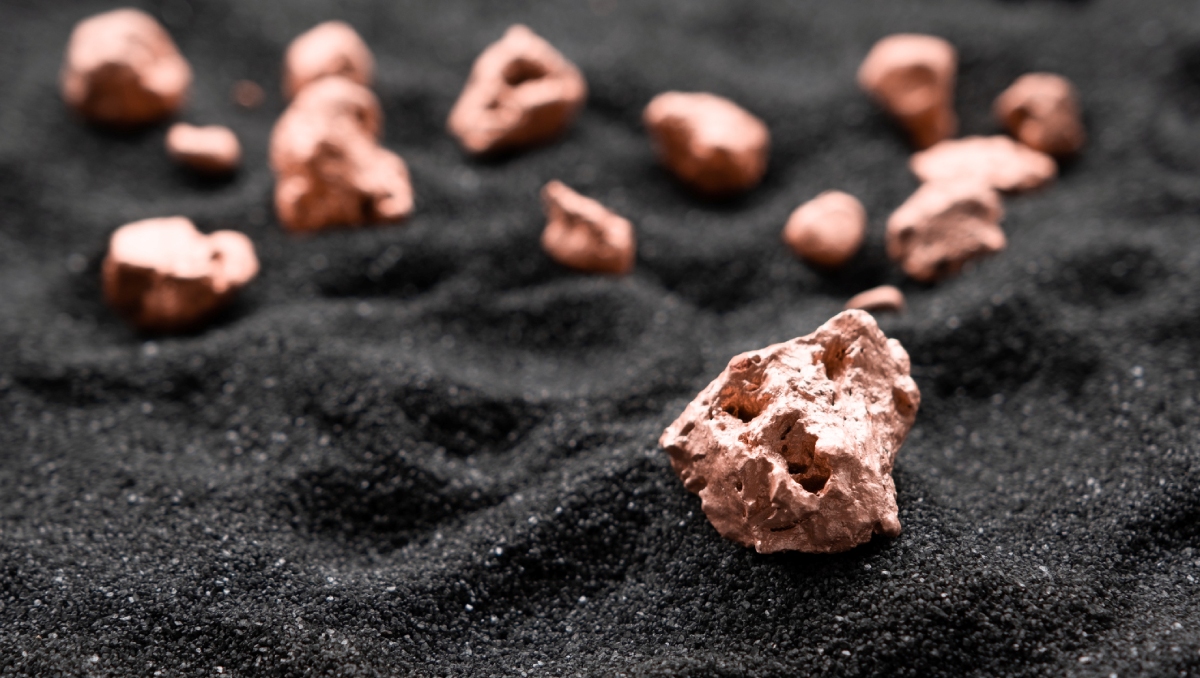The McDermitt Caldera Contains Millions Of Tons Of Lithium

Date

"Areas of Li mineralization identified by Lithium Nevada Inc. and Jindalee Resources Inc. with representative lithium contents of drill holes and outcrop. Tuffaceous sediments throughout the caldera are highly enriched in lithium."Source: www.mdpi.com
Multidisciplinary Digital Publishing Institute
How Mining the McDermitt Caldera Could Shape the Future of U.S. Lithium Recycling
A recent discovery in Oregon’s McDermitt Caldera could mark a turning point in America’s race to secure domestic lithium which is a critical resource for electric vehicle (EV) batteries and energy storage systems. With an estimated value of $1.5 trillion and the potential to yield up to 40 million metric tons of lithium, this volcanic deposit is being hailed as one of the largest in the world.
While the spotlight shines on the economic and strategic advantages of mining this massive reserve, the development also raises important questions for the U.S. recycling industry. Here at D Block Metals, we believe this conversation is long overdue.
Mining vs. Recycling
The push to mine lithium domestically stems from a clear motivation; to reduce dependency on foreign suppliers and support the booming clean energy sector. But mining is only 1 piece of the supply puzzle. Long-term sustainability requires a circular economy and that’s where lithium recycling plays a vital role.
If lithium from McDermitt becomes widely available, it may temporarily reduce market prices and investment urgency in recycling technologies. Yet, the extraction process for clay-based lithium which dominates this region is complex, costly, and environmentally sensitive. Acid leaching, groundwater impact, and habitat disruption have all been cited as major concerns. These realities reinforce the need for parallel development in recycling infrastructure to create a diversified and resilient lithium supply chain.
Environmental Impact
Proponents argue that domestic mining reduces our carbon footprint by shortening supply routes and bringing operations under U.S. environmental standards. But even with modern regulations, mining comes with ecological costs that could disrupt regional/local animal habitats, Indigenous cultural sites, and regional water systems all face risks.
Recycling, in contrast, reclaims lithium from used batteries and manufacturing scrap, limiting the need for destructive new extraction. At D Block Metals, we see lithium recycling not only as an environmental safeguard but as a national strategy. Every lithium battery recovered and reused offsets the need to disturb pristine landscapes like the Oregon high desert.
Building a Dual-Track Strategy
Rather than viewing mining and recycling as competing industries, we advocate for a dual-track approach:
- Responsible mining with community oversight and strict environmental review.
- Scalable recycling of lithium-ion batteries from EVs, consumer electronics, and grid storage systems.
If the U.S. is to lead in clean energy, it must invest not just in extracting new materials but in reclaiming those already in use. The McDermitt discovery gives policymakers an opportunity to fund both paths to help ensure short-term gains don’t undermine long-term sustainability.
A Turning Point for U.S. Policy
The scale of this lithium deposit may reshape the domestic battery market. But it should also trigger a national reevaluation of how we manage our critical minerals from production to end-of-life. Advanced recycling technologies are emerging rapidly, and they deserve the same level of investment and visibility as high-profile mining projects.
At D Block Metals, we’re ready to support that future. We specialize in sourcing, recovering, and refining valuable metals, including those vital to next-generation batteries. Whether the lithium comes from the ground or from yesterday’s devices, we believe in a future where American innovation leads the world in both supply and sustainability.


